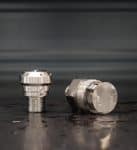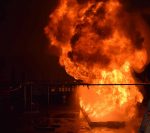Codes and standards
Watermist standards
Standards
Fire test standards are used to determine system scope, specific design data, and system limitations.
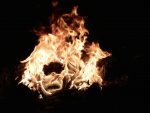
Fire tests and component tests
The different standards provide requirements for the design installation, testing
and commissioning of watermist systems.
Fire test standards are used to determine the nozzle/system scope, specific design data, and the system limitations or the uniqueness of each system.
Examples of such data:
• Nozzle type (pendent, upright, sidewall, etc.)
• Nozzle spacing, pressure, flow rate, or K-factor
• Ventilation, obstruction requirements, or structural limitations
• Maximum fire loads, ceiling height, volumes, openings, etc.
Examples of fire test standards:
• FM5560: Residential, LH, OH1, Machinery, Turbines, Industrial Fryers
• UL2167: Residential, LH, OH1, OH2, Maritime applications
• VDS: Residential, LH, OH1, Car parks, Cable Tunnels, Shopping Areas
• EN14972:2020 – Annex A: Offices, Cable Tunnels, Fat Fryers, Special
• IMO 1165 + 1387: Machinery Spaces
• IMO MSC 265: Accommodation
• IMO 1430 / 1272: Car and Truck decks
• ISO 15371: Commercial fat
Component test standards are used to determine the robustness and reliability of the system components. These lifetime tests determine whether a component is designed to be able to withstand many years in actual installations or not. Most watermist system components are tested and approved “case by case” since they can be very system specific.
Examples of component test standards:
• FM5560 (covers all watermist system components)
• UL2167 (covers watermist nozzles)
• EN14972:2020 (covers all watermist system components)
• IMO A800 + MSC 265 (covers automatic watermist nozzles)
• IMO 1165 (covers open watermist nozzles)
Fire test standards are used to determine the nozzle/system scope, specific design data, and the system limitations or the uniqueness of each system.
Examples of such data:
• Nozzle type (pendent, upright, sidewall, etc.)
• Nozzle spacing, pressure, flow rate, or K-factor
• Ventilation, obstruction requirements, or structural limitations
• Maximum fire loads, ceiling height, volumes, openings, etc.
Examples of fire test standards:
• FM5560: Residential, LH, OH1, Machinery, Turbines, Industrial Fryers
• UL2167: Residential, LH, OH1, OH2, Maritime applications
• VDS: Residential, LH, OH1, Car parks, Cable Tunnels, Shopping Areas
• EN14972:2020 – Annex A: Offices, Cable Tunnels, Fat Fryers, Special
• IMO 1165 + 1387: Machinery Spaces
• IMO MSC 265: Accommodation
• IMO 1430 / 1272: Car and Truck decks
• ISO 15371: Commercial fat
Component test standards are used to determine the robustness and reliability of the system components. These lifetime tests determine whether a component is designed to be able to withstand many years in actual installations or not. Most watermist system components are tested and approved “case by case” since they can be very system specific.
Examples of component test standards:
• FM5560 (covers all watermist system components)
• UL2167 (covers watermist nozzles)
• EN14972:2020 (covers all watermist system components)
• IMO A800 + MSC 265 (covers automatic watermist nozzles)
• IMO 1165 (covers open watermist nozzles)


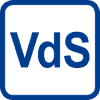
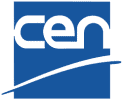
The ideal firefighting system
Low pressure watermist
We feel obliged to do our utmost to protect the world. That is why our products combine high fire-fighting performance and robust and reliable designs with environmentally friendly, responsible methods.
- Environmentally friendly and sustainable solution
- Tested and approved to International standards
- Smaller footprint, reduced water reservoir
- Low water and power consumption
- We are where our customer needs us
Navigate across the continents to learn more about our global setup.






































Get in contact with one of our experts
Fill out the contact form, and we will get back to you as soon as possible



